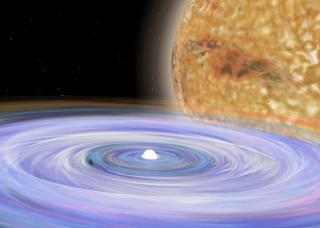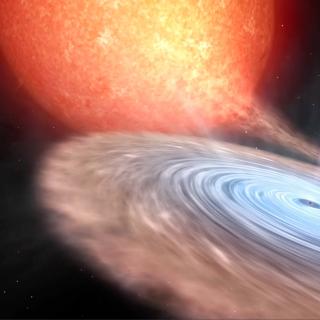Bibcode
Burhanudin, U. F.; Maund, J. R.; Killestein, T.; Ackley, K.; Dyer, M. J.; Lyman, J.; Ulaczyk, K.; Cutter, R.; Mong, Y. -L.; Steeghs, D.; Galloway, D. K.; Dhillon, V.; O'Brien, P.; Ramsay, G.; Noysena, K.; Kotak, R.; Breton, R. P.; Nuttall, L.; Pallé, E.; Pollacco, D.; Thrane, E.; Awiphan, S.; Chote, P.; Chrimes, A.; Daw, E.; Duffy, C.; Eyles-Ferris, R.; Gompertz, B.; Heikkilä, T.; Irawati, P.; Kennedy, M. R.; Levan, A.; Littlefair, S.; Makrygianni, L.; Mata-Sánchez, D.; Mattila, S.; McCormac, J.; Mkrtichian, D.; Mullaney, J.; Sawangwit, U.; Stanway, E.; Starling, R.; Strøm, P.; Tooke, S.; Wiersema, K.
Bibliographical reference
Monthly Notices of the Royal Astronomical Society
Advertised on:
8
2021
Citations
22
Refereed citations
21
Description
The advent of wide-field sky surveys has led to the growth of transient and variable source discoveries. The data deluge produced by these surveys has necessitated the use of machine learning (ML) and deep learning (DL) algorithms to sift through the vast incoming data stream. A problem that arises in real-world applications of learning algorithms for classification is imbalanced data, where a class of objects within the data is underrepresented, leading to a bias for overrepresented classes in the ML and DL classifiers. We present a recurrent neural network (RNN) classifier that takes in photometric time-series data and additional contextual information (such as distance to nearby galaxies and on-sky position) to produce real-time classification of objects observed by the Gravitational-wave Optical Transient Observer, and use an algorithm-level approach for handling imbalance with a focal loss function. The classifier is able to achieve an Area Under the Curve (AUC) score of 0.972 when using all available photometric observations to classify variable stars, supernovae, and active galactic nuclei. The RNN architecture allows us to classify incomplete light curves, and measure how performance improves as more observations are included. We also investigate the role that contextual information plays in producing reliable object classification.
Related projects

Binary Stars
The study of binary stars is essential to stellar astrophysics. A large number of stars form and evolve within binary systems. Therefore, their study is fundamental to understand stellar and galactic evolution. Particularly relevant is that binary systems are still the best source of precise stellar mass and radius measurements. Research lines
Pablo
Rodríguez Gil

Black holes, neutron stars, white dwarfs and their local environment
Accreting black-holes and neutron stars in X-ray binaries provide an ideal laboratory for exploring the physics of compact objects, yielding not only confirmation of the existence of stellar mass black holes via dynamical mass measurements, but also the best opportunity for probing high-gravity environments and the physics of accretion; the most
Montserrat
Armas Padilla

Exoplanets and Astrobiology
The search for life in the universe has been driven by recent discoveries of planets around other stars (known as exoplanets), becoming one of the most active fields in modern astrophysics. The growing number of new exoplanets discovered in recent years and the recent advance on the study of their atmospheres are not only providing new valuable
Enric
Pallé Bago